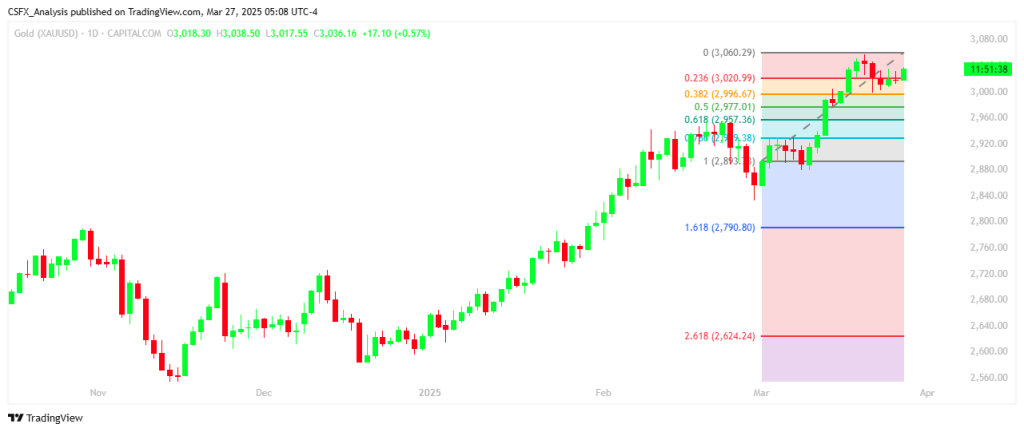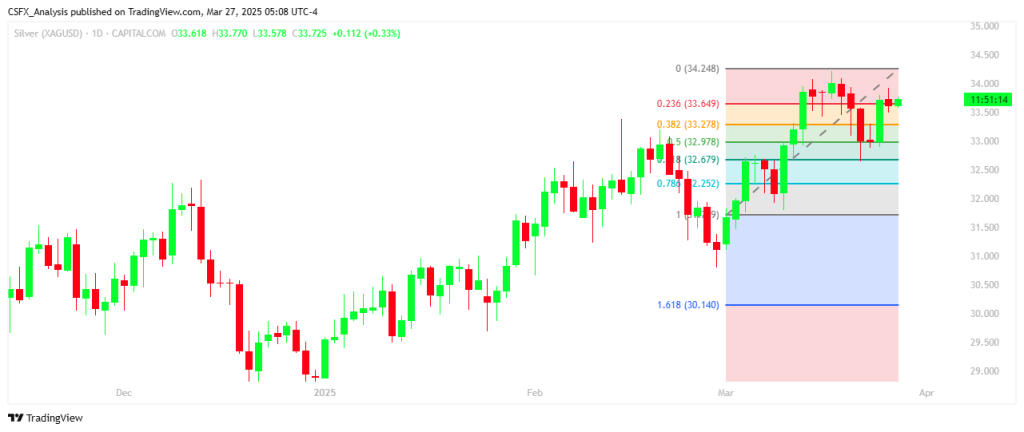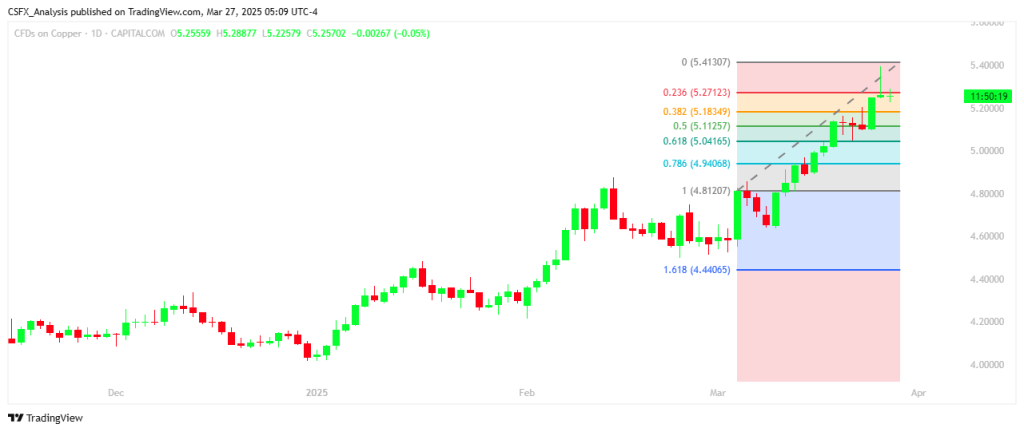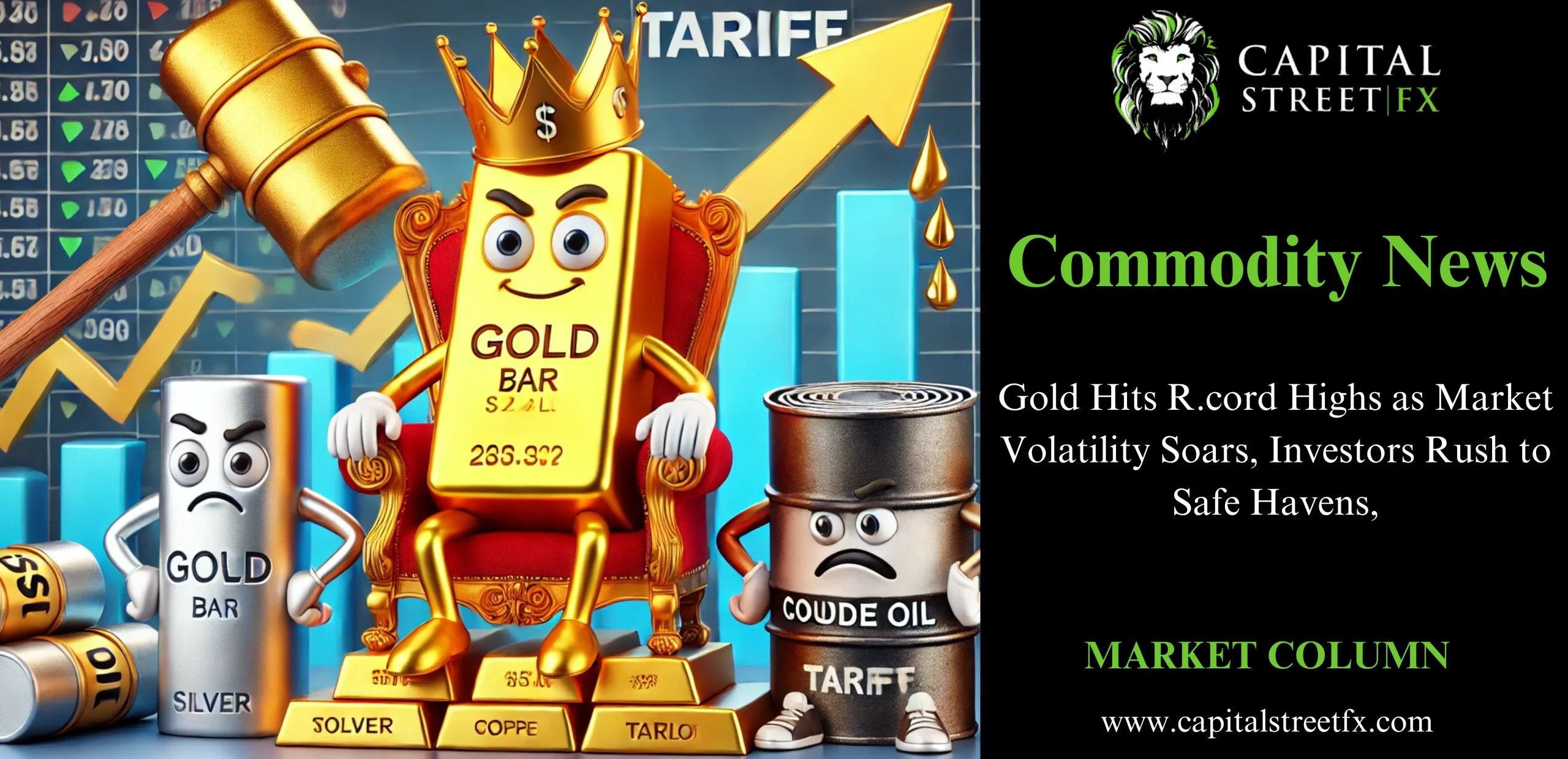Gold Hits Record Highs as Market Volatility Soars, Investors Rush to Safe Havens,
Introduction
The global commodity market continues to experience significant volatility, driven by shifting economic policies, geopolitical tensions, and evolving demand-supply dynamics. Gold has surged to record highs, silver is outperforming expectations, and copper remains in high demand due to its critical role in the renewable energy sector. Meanwhile, the oil market is navigating new trade restrictions, and shipping costs are under scrutiny due to proposed tariffs. As investors and traders adapt to these rapid changes, staying informed about the latest trends is crucial for making strategic decisions. This report highlights the most important updates shaping the commodity market today.
As of March 27, 2025, the global commodity markets are experiencing significant movements influenced by geopolitical developments, policy changes, and evolving market dynamics.
Metals Market Highlights
- Gold: Prices have surged to record highs, exceeding $3,000 per ounce. This increase is driven by investors seeking safe-haven assets amid global uncertainties and trade tensions. Analysts predict a continued upward trend, with potential annual gains of 15-20% through 2030.

- Silver: Outperforming gold, silver has achieved a 16.52% year-to-date increase, surpassing gold’s 15.32% rise. This position is silver as a top-performing asset in the commodity markets for 2025.

- Copper: Demand has surged due to its critical role in electronics, automotive, and renewable energy sectors. With domestic production covering only 56% of annual consumption, the U.S. is considering tariffs on imports to encourage local production. Prices have reached record highs, reflecting supply concerns and robust demand.

Energy Sector Developments
- Oil: The U.S. has imposed “secondary tariffs” on countries purchasing oil from Venezuela, including China, leading to a 25% tariff on such trades. This move aims to pressure Venezuela’s government but has significant implications for global oil markets, particularly affecting China’s independent refiners and potentially elevating global crude prices.
- Shipping Fees: The Trump administration’s proposal to levy fees up to $3 million on China-built ships docking at U.S. ports has met opposition from fossil fuel and agriculture sectors. Industry representatives argue that such fees would increase costs and reduce vessel availability for exports, impacting commodity shipments.
Market Volatility
Commodity traders are grappling with increased market volatility attributed to unpredictable policy announcements and social media activity from political leaders. This uncertainty has led to cautious trading strategies and heightened risk management measures among trading firms.
Conclusion
The current landscape of the commodity markets is marked by rapid changes and heightened volatility. Investors and stakeholders are advised to stay informed and adopt strategic approaches to navigate these complex dynamics effectively.

